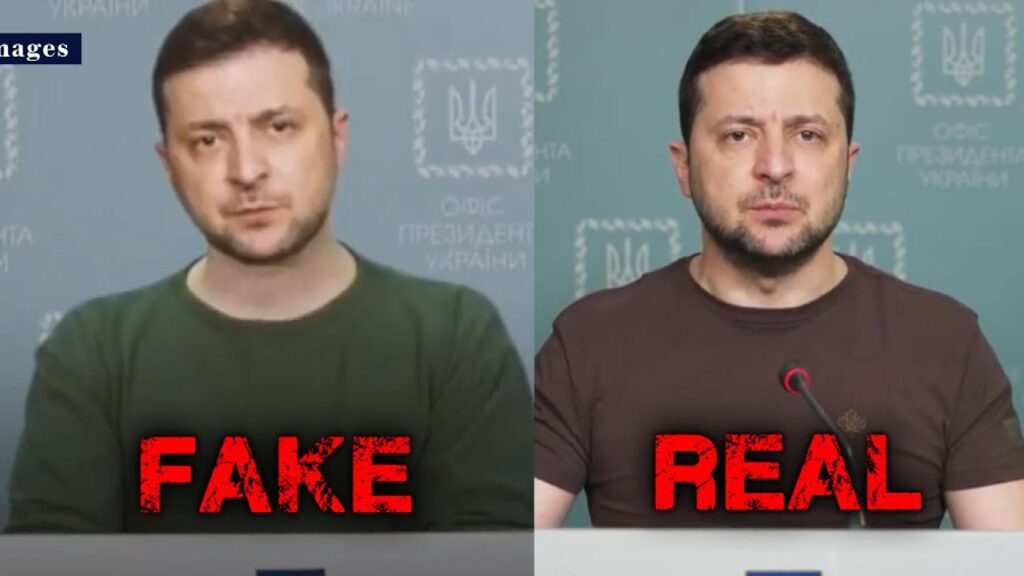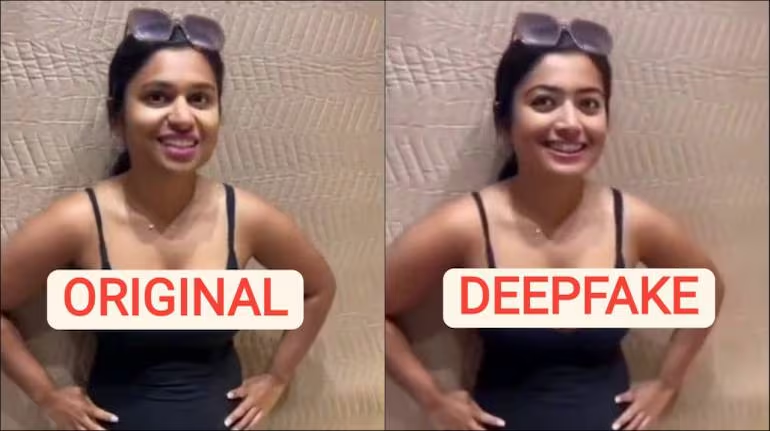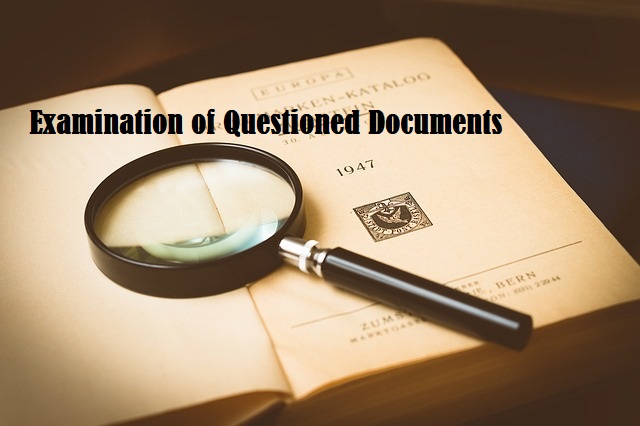-
ceo.bfi@gmail.com
Send Email
-
2C, C-6/A Block, Janakpuri, Delhi India 110058
Visit Our Office
99902-92279
Confidentiality Guaranteed
99902-92279
Confidentiality Guaranteed

Jul
Deepfakes Photos and Videos

Deepfakes photos and videos: In an era where seeing is no longer believing, deepfakes—realistic fake images, videos, or audio generated by artificial intelligence—are emerging as a serious threat to digital authenticity. From viral political clips to synthetic celebrity endorsements, deepfakes are rewriting how we consume information. Once the stuff of science fiction, these manipulated media files have made their way into social media, news, law enforcement, and even courtrooms.
But how do we recognize them? What tools can help us differentiate between the real and the fake? And more importantly, how can society defend itself against this rising tide of digital deception?
This blog dives deep into the origins, risks, and—most critically—the detection of deepfakes in the digital age.
Learn how AI creates deepfakes photos and videos, their impact on society, and what tools can help you detect and verify digital content today.
Deepfakes are synthetic media created using deep learning algorithms, especially Generative Adversarial Networks (GANs). These systems take real images or videos and manipulate them to make it appear as if someone said or did something they never actually did.
Initially developed for entertainment and academic research, deepfakes now serve both creative and malicious purposes. They’ve appeared in:
Fake political speeches
Fraudulent job interviews via video call
Pornographic content involving celebrities
Social engineering scams
The realism achieved by today’s AI models makes detecting these forgeries increasingly difficult, especially for untrained eyes.
The Real-World Impact of Deepfakes
Misinformation & Political Manipulation
Deepfakes have been used to spread false information during election cycles, sowing confusion and eroding public trust.
Financial Fraud & Identity Theft
AI-generated likenesses can be used to impersonate individuals in real-time, enabling scams, fraudulent transactions, and data theft.
Corporate Espionage
Fake videos of executives or employees are sometimes used to manipulate stock prices or damage reputations.
Social Harm & Cyberbullying
Deepfakes targeting individuals can lead to defamation, harassment, and severe emotional distress.
Watch for Unnatural Facial Movements
Early deepfakes often struggle with blinking, lip sync, and smooth transitions between expressions.
Look for Irregular Lighting and Shadows
AI models often overlook consistent light sources, resulting in mismatched shadows or inconsistent skin tones.
Inspect Backgrounds and Edges
Check for warping, blurry edges, or flickering objects around the subject—these glitches are often giveaways.
Use Reverse Image Search
If you suspect an image is fake, use tools like Google Reverse Image Search or TinEye to trace its origins.
Analyze Metadata
Examining EXIF data (for photos) or file metadata (for videos) can sometimes reveal edits, source devices, or timestamps.
Tools and Technologies for Deepfake Detection
Microsoft’s Video Authenticator
Developed in collaboration with AI Foundation, this tool analyzes videos and provides a confidence score on authenticity.
Deepware Scanner
This mobile app allows users to upload videos and identify whether deepfake techniques were used.
Sensity AI (formerly Deeptrace)
Offers enterprise-level monitoring of deepfake threats across social media and the dark web.
Adobe’s Content Authenticity Initiative
Works by embedding secure metadata in images and videos to verify provenance and authenticity.
Real-World Deepfake Examples: Shocking Cases of Digital Deception
Barack Obama Deepfake by Jordan Peele (2018)

What Happened:
In a public-awareness campaign, filmmaker Jordan Peele used deepfake technology to manipulate a video of Barack Obama, making him appear to say offensive and absurd remarks.
Purpose:
This was a demonstration of how convincingly deepfakes could mislead the public.
Why It Matters:
The video was nearly flawless—lip movements matched, tone and cadence were replicated—and many casual viewers believed it to be real.
Key Tell:
Minor mismatches in expression timing, slightly stiff facial transitions.
Tom Cruise on TikTok (2021–2023)

What Happened:
A series of TikTok videos featured Tom Cruise telling jokes, playing golf, and performing sleight-of-hand magic tricks. But these weren’t filmed by Cruise—they were created by Belgian visual effects artist Chris Ume using deepfake tech and a Cruise lookalike.
Impact:
The videos amassed millions of views and fooled global audiences—even experienced journalists.
Technological Detail:
High-resolution face-swapping with detailed motion tracking, voice cloning, and perfect lighting integration.
Why It Matters:
If a Hollywood star can be impersonated flawlessly, so can any political leader, business executive, or private citizen.
President Zelenskyy Fake Surrender Clip (2022)

What Happened:
Amid the Russia-Ukraine war, a video emerged showing President Volodymyr Zelenskyy calling on his troops to lay down their arms and surrender.
How It Spread:
Posted on a hacked Ukrainian news site and promoted by Russian social media bots.
Detection:
Observers noticed discrepancies in voice quality and facial proportions. The real Zelenskyy issued a counter-video to expose the fraud.
Why It Matters:
This wasn’t just disinformation—it was digital psychological warfare.
Celebrity Deepfake Pornography Epidemic

What Happened:
Celebrities, particularly women, have been digitally inserted into pornographic videos using deepfake technology. Scarlett Johansson, Emma Watson, and Natalie Portman have all been victims.
Legal Status:
Most countries lack specific laws criminalizing such acts, making prosecution difficult.
Emotional Impact:
Victims report feeling violated and helpless, with lasting harm to reputation and mental health.
Why It Matters:
This is not just unethical—it’s a digital form of sexual assault and online defamation.
Conclusion: Staying Ahead of the Deepfake Curve
As deepfake technology becomes more sophisticated, the line between reality and fiction continues to blur. But awareness is our first line of defense. By learning to recognize digital manipulation, utilizing detection tools, and supporting legal reforms, we can safeguard the truth in a world increasingly shaped by artificial intelligence.
The rise of deepfakes may be inevitable—but so is our capacity to fight back with education, ethics, and emerging technology.
Call To Action

Are you interested in learning more about forensic expert or seeking professional forensic-expert services? Contact us today to inquire about our expertise.
📞 Contact Us: 9990292279
🌐 Visit Our Website: https://forensicexpertinvestigation.com/
✉️ Email: ceo.bfi@gmail.com




